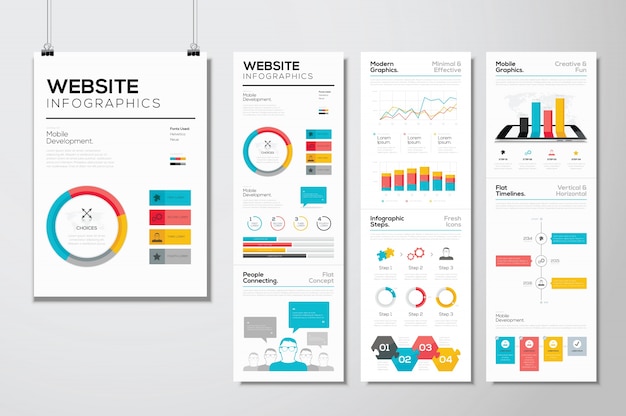Key Elements Of Web Site Style: Strategies For Producing An Available Customer Experience
Key Elements Of Web Site Style: Strategies For Producing An Available Customer Experience
Blog Article
Written By-Christophersen Devine
When it comes to web site design, guaranteeing user-friendliness is vital. From receptive design to streamlined navigating, every component plays an important role in creating a website that accommodates your audience's requirements. Yet what regarding website and seo services that can make or damage an individual's surfing experience? Remain tuned as we uncover some often-overlooked pointers that can boost your site's usability to the following degree, making it really stand apart in the digital landscape.
Significance of Responsive Design
Receptive design is an essential facet of modern-day website advancement. Ensuring click for more is receptive methods that it can adapt to various display dimensions and tools, giving a seamless experience for customers.
With website ada compliance law boosting use mobile phones and tablet computers to access the net, having a receptive layout is important for getting to a wider audience. It assists in boosting individual experience by making your internet site simple to navigate and continue reading any kind of device.
Additionally, receptive design can favorably affect your online search engine rankings, as online search engine like Google prioritize mobile-friendly web sites. By having a receptive design, you're also future-proofing your website, as brand-new tools with varying display dimensions continue to arise.
Simplify Navigating Framework
To boost user experience and promote easy access to details on your web site, streamlining the navigating structure is paramount. When designing your site, concentrate on creating a clear and user-friendly navigation food selection that aids site visitors locate what they're trying to find quickly.
Limit the number of menu products to the essentials, grouping relevant pages together to avoid overwhelming individuals. Use descriptive tags that clearly indicate the material of each page, making it easier for users to recognize where each web link will take them.
Think about executing dropdown menus for subcategories to stop jumbling the major navigating bar. In addition, consist of a search bar plainly on the web page for users that choose looking for details information.
Focus on mobile responsiveness in your navigation layout to guarantee simple accessibility on all devices.
Enhance Page Lots Rate
Improving page load speed is essential for keeping site visitors on your site. Slow-loading pages frustrate users and can lead to high bounce rates. To optimize web page load rate, start by maximizing pictures. Compress photos without endangering top quality to decrease their data sizes.
In addition, enable browser caching to store regularly accessed resources locally, speeding up load times for returning site visitors. Minify CSS, JavaScript, and HTML data by removing unneeded personalities, remarks, and formatting, boosting tons speed.
Think about using a content delivery network (CDN) to disperse your web site's content across multiple web servers worldwide, minimizing latency for users accessing your site from different areas. Lastly, limit the use of third-party scripts and plugins, as they can significantly affect tons times.
Verdict
Finally, by including receptive layout, simplifying navigation, and maximizing web page lots speed, you can develop an easy to use internet site that interest a bigger audience and enhances user experience. These essential elements guarantee that visitors can conveniently gain access to and navigate your site throughout different devices, resulting in enhanced involvement and contentment. By focusing on these essential aspects, you can develop an effective web site that maintains individuals returning for even more.
